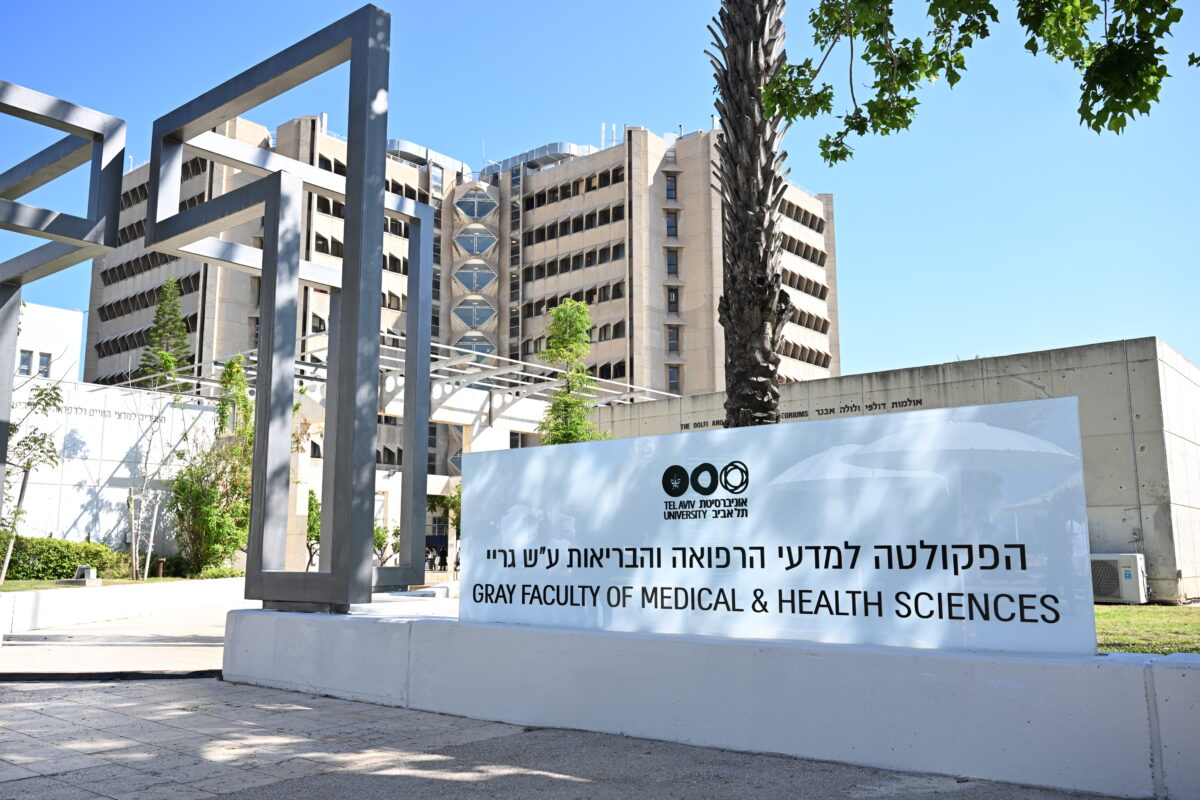When my wife and I relocated from the Middle East to Dayton, Ohio, in 2018, I didn’t know a soul for 60 miles in any direction. Looking for people with whom to connect, I rolled up to a nonprofit called the Dayton Collaboratory. There, I chatted for hours with its founder, Peter Benkendorf, about the potential that Dayton and other smaller American cities have bubbling just under the surface.
Like much of the Midwest, Dayton has struggled with its postindustrial socioeconomic decline. A PBS Frontline series profiled the city’s economic travails five years ago in a documentary called Left Behind America.
Seeing its troubles writ large on a national stage fueled discussions and soul searching among locals about how to address the problems facing Dayton. People such as Benkendorf were forced to conclude that existing, top-down community development efforts had failed.
That’s where organizations such as the Dayton Collaboratory are stepping in. The Collaboratory connects thinkers with doers and incubates a host of community initiatives that each in their own way make Dayton a better place to live.
To many, the Rust Belt is a homogenous region that, depending on the news cycle, is either on the way up or in a state of near-catastrophic decline. In truth, larger Midwestern cities such as Columbus, Ohio; Indianapolis; and Pittsburgh are generally thriving, while smaller communities like Dayton are not moving forward at the same speed.
There are numerous reasons for this, but philanthropy is a significant one.
Ohio State University’s $7 billion endowment has helped fuel the growth of Columbus, one of the fastest growing cities in America. A similar story is evident in Indianapolis, home of the Lilly Endowment, one of the nation’s biggest philanthropies, with approximately $21 billion in assets. (Editor’s note: The Lilly Endowment is a financial supporter of the Chronicle of Philanthropy.) And in bustling Pittsburgh, Carnegie Mellon University, which saw its endowment increase from $2.1 billion to $3 billion last year, helps bring jobs and opportunity to the area.
But so-called second-tier cities such as Dayton, Fort Wayne in Indiana, Flint in Michigan, and dozens of others like them can’t rely on large universities, major foundations, or corporations to stimulate their economies and ignite an entrepreneurial spirit.
A 2017 report published by the Lincoln Institute of Land Policy titled “Revitalizing America’s Smaller Legacy Cities” found that “while many smaller legacy cities struggle with severe problems, they frequently fall under the shadow of larger cities like Detroit or Cleveland in national discussions about the future of these places.”
That’s why organizations such as the Collaboratory in Dayton are so critical. They act as vital connectors between people with ideas and those who can help turn those ideas into real-world projects, including incubating small-scale social enterprises and community events that bring people back to once-blighted downtowns.
Among the projects that the Collaboratory helped spring to life are Dayton Homecoming, which encourages former Daytonians to move back to the affordable city at a time when many can work remotely. Another initiative, Silver Is Gold, connects retired professionals with employers in the Dayton region that are struggling to fill open positions. And the city’s hugely popular Porchfest, a free summer concert in which Dayton residents offer their porches and yards for performances by local musicians, was organized by the Collaboratory.
With assistance from the Collaboratory, I, too, was able to turn an idea — making journalism more accessible to the community — into a full-fledged nonprofit. The organization helped me connect with three other local reporters to create the Journalism Lab, which trains people on how to report on important issues taking place in their own communities.
Benkendorf describes his work as “the unexpected outcomes of improbable pairings,” although he emphasizes that they are not improbable to him. His goal, he tells me, is “to make even the most marginalized feel connected, heard, and valued.”
Overlooked by Grant Makers
And yet, the facilitating and networking role played by organizations such as the Collaboratory is often overlooked by grant makers, which overwhelmingly focus on set projects with defined timelines and precise goals. After all, it’s difficult to measure the value of a Rolodex that contains key contacts and leads — or the people who are freely offering those connections to others.
A few cities, recognizing the value of these organizations, have made efforts to formalize the connector role. For example, the city of Raleigh, N.C., has hired five community connectors who are charged with both sharing information with neighbors about city projects and gathering ideas from residents about issues that are important to them.
Connectors provide often-hidden but tangible monetary value to cities. Last year, for instance, a grant opportunity became available that could help me engage high-school students in a journalism workshop. But I didn’t know any school principals, suitable teachers, or administrators in schools that I thought would benefit most from the project.
Within days of reaching out to the Collaboratory, I was having an energetic conversation with a teacher working in a west Dayton neighborhood that has long been left out of enrichment programs. Together we planned a 14-week journalism workshop that just months later helped launch a student newspaper and assist students in getting their stories published in local media outlets. In the process, I spent my lunch and grocery dollars at nearby small businesses and co-ops, in some small way boosting the area economy.
The Collaboratory takes no commission in its role as a conduit for bringing people together to ideate and formulate. Because it helps a variety of people and groups incubate ideas and connect to each other and doesn’t target a specific area such as hunger or addiction, it and other groups like it fall through funding cracks.
Companies invest in research and development, and governments invest in, for example, libraries, even though neither are profit centers. Donors support local food banks, the YMCA, and countless other nonprofits that play an irreplaceable role in their communities.
The facilitators and networkers that help smaller cities build essential human infrastructure should be held in similar regard. Without investments in more of them, America’s flyover communities will continue to remain just that — places people want to leave, taking with them their untapped potential.
Credit:Source link



